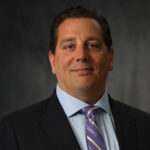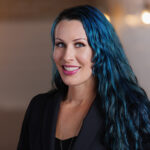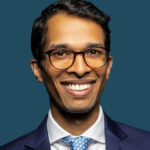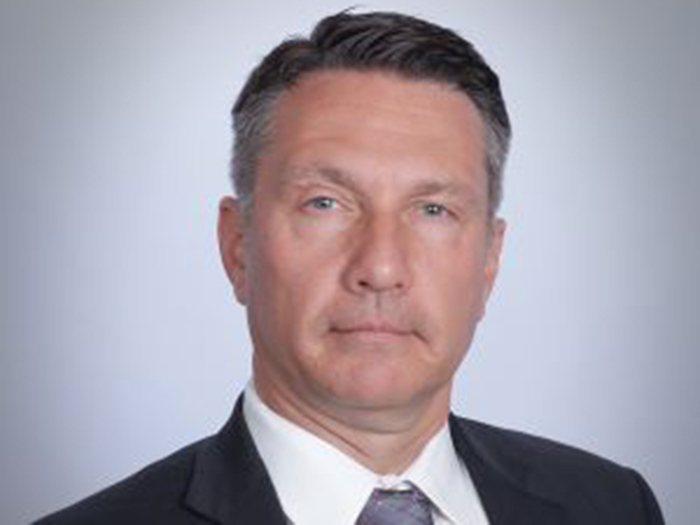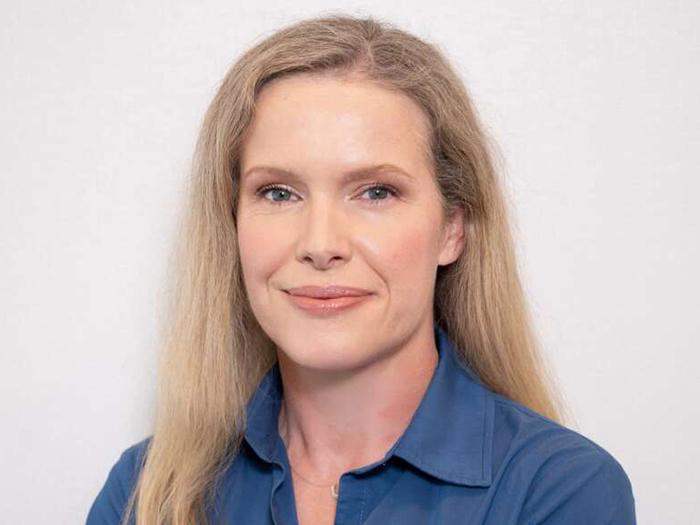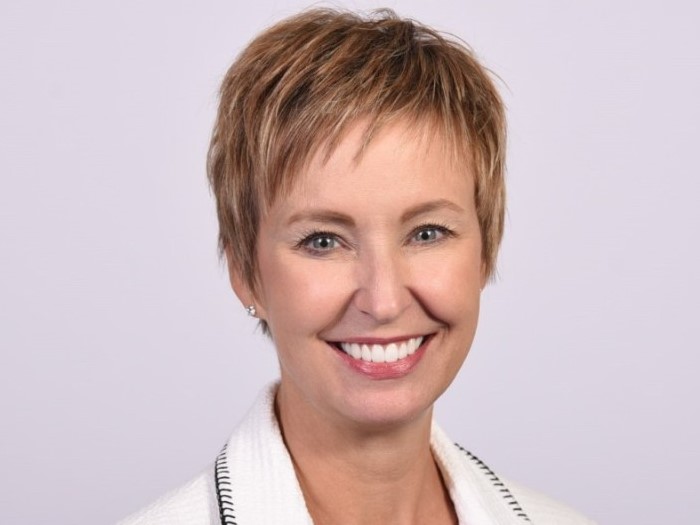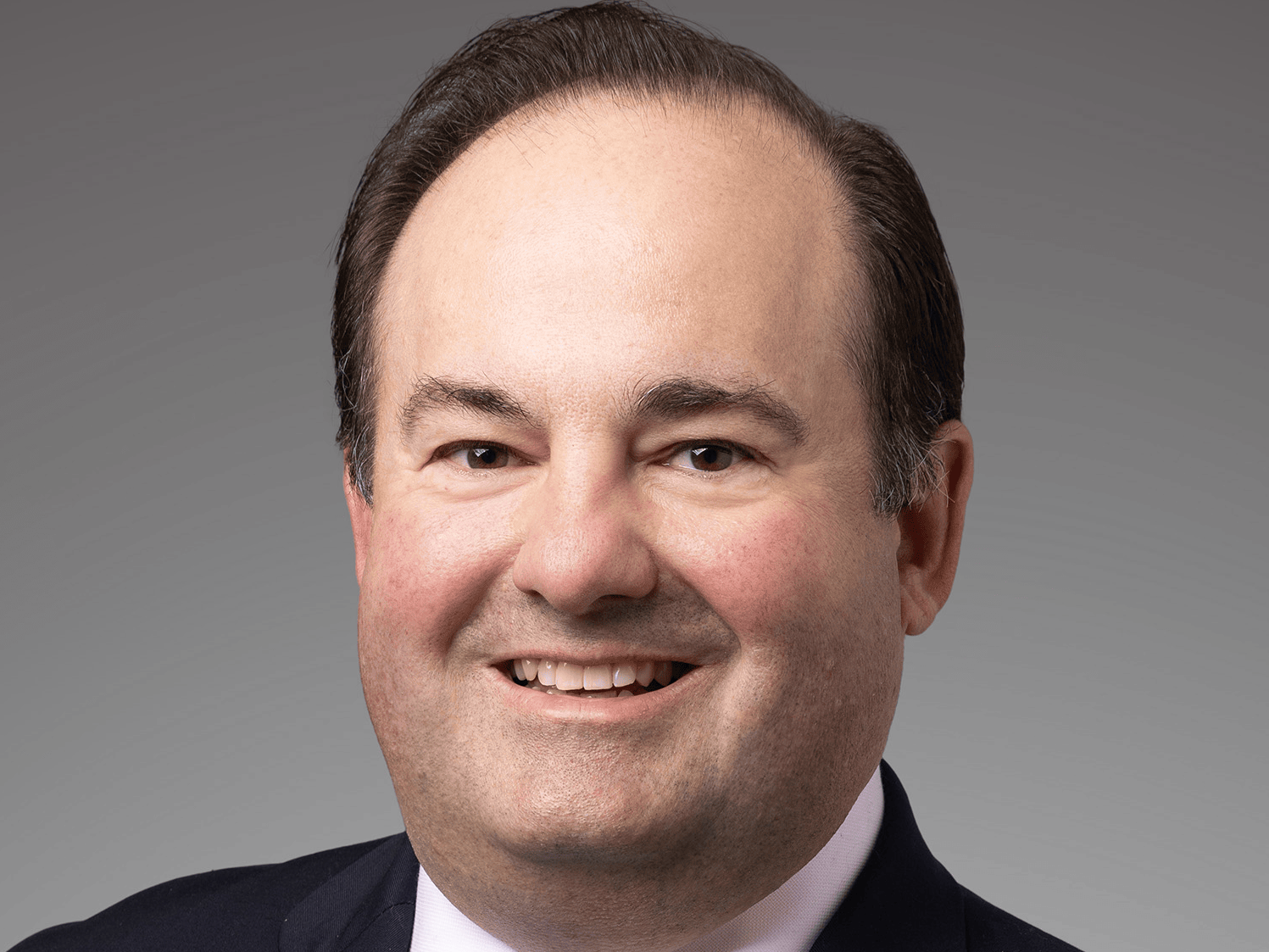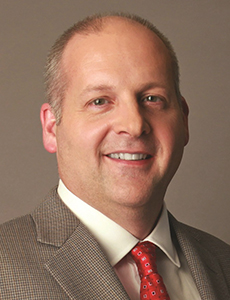HUB’s 2025 Nonprofit Summit: The Mutual Group Serving GuideOne Insurance’s Christina Meyer
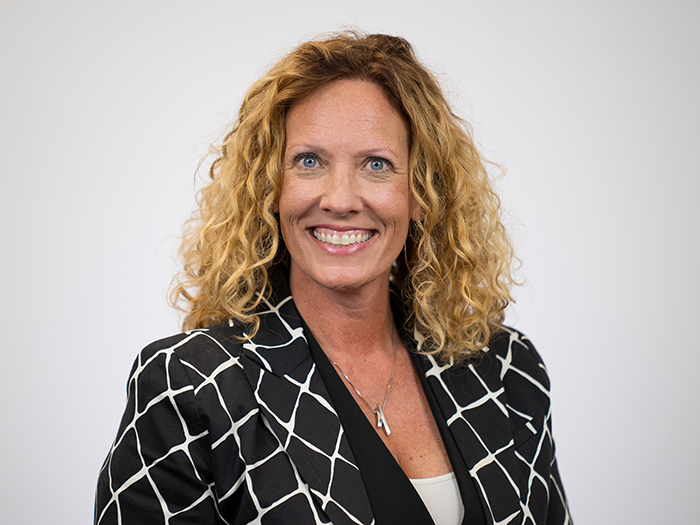
At HUB International’s Nonprofit Summit in Philadelphia, Dan Reynolds, the editor in chief of Risk & Insurance, sat down with Christina Meyer, Vice President, Non-Profit and Human Services for the Mutual Group serving GuideOne Insurance. What follows is a transcript of that discussion, edited for length and clarity.
Risk & Insurance: Thanks for meeting with us Christina. We’re here at the nonprofit summit in Philadelphia, and you’ve been here for a couple days. What impressions about the market have you picked up since you’ve been here?
Christina Meyer: I think what is interesting is how much more aligned everyone is on what’s happening in the market, what the opportunity is; the sort of limits, capacity, those sorts of things. In years past, it was a little more fragmented.
R&I: And what about this work appeals to you? How did you end up working in the nonprofit sector?
CM: I grew up in a family that volunteered and worked with nonprofits. I was at my prior employer Cincinnati Insurance before coming to the Mutual Group to lead the NPHS division of GuideOne. They were launching niche programs and I was working in development and put together a nonprofit program. I found it to be so much more complex and challenging and interesting. No two risks are anywhere similar to one another, and the nuances of the coverage and the exposures are so different. It’s one of the most challenging markets out there.
R&I: And to the higher purpose piece of all of this, how does that energize you in terms of what you’re doing for society?
CM: I think what’s fascinating is that we are doing something for the greater good. It’s almost like a passion project. You don’t do it because it’s easy. You do it because these are good people with good missions, and you have an opportunity to find solutions for them so that they’re able to continue doing their good work. You see yourself as more of a tool. The other thing that I love about the nonprofit space is they care about risk control. They care about risk management.
They want to do what they can to make their people safer and their clients safer. If you go into a manufacturing facility and you say, you need to do x y z to be better, they see that as directly impacting their bottom line. When you go to a philanthropic organization and say those same things, they’re like, “Wait, how would this make it better? What would this prevent from happening? How can we find a way to get the funding to do it?” It’s a very different mentality. You work with good people, and it makes you feel good at the end of the day.
R&I: That’s great. There’s a lot going on, of course, in society, in the government, in the economy. When you look at these very valuable organizations that provide these services, are you optimistic that many of them can survive these conditions?
CM: I think those that already have enterprise risk management and have planned will be fine. They will find solutions. They may have to cut programs or people, but they will find solutions. I think small nonprofits that are dependent upon one grant or one funding source are going to cease to exist or have to be affiliated or partnered with a larger organization that can fill that capacity.
I do have hope that there will be other funding sources. There are grants from foundations and other philanthropic organizations that will start to fill some of that gap. When large chunks of revenue are cut away, oftentimes, you will see people rally around a cause a bit more.
I don’t know that that will 100% solve the gap. But it may also be an opportunity for organizations to figure out more efficiencies and better ways of doing things. Nonprofits are not usually the most cutting edge as far as using AI to do things faster and come up with more innovative solutions, so their hands may be forced to do that.
R&I: Is there a particular type of nonprofit work that energizes you?
CM: I love working in the developmentally disabled space. I feel like there’s such a need and it’s one of those spaces that’s underserved by everything and everyone. The people that work in that space are doing it for the good. Most of the people that are differently abled, their joy for life is envious. It inspires you and makes you think that with every challenge they have against them, how can I be sad about what the Lord has thrown in my way?
R&I: There’s a lot of talk in insurance about talent and what the next generation wants to do and how does insurance attract them. I’m wondering in your work, do you see younger people entering the profession that are appreciating what you’re doing?
CM: Currently, talent shortages are an issue for everyone, regardless of your industry. We are fortunate that our team is primarily remote and hybrid work is very appealing to the younger generation. I also think that we really do find people that want to be in this space. They don’t necessarily want to be in insurance. They didn’t grow up wanting to be in insurance. But they came into insurance and they found the nonprofit space and they want to be in that space.
Those are the type of people that we look for when we’re out there recruiting. They want to be in this space. We also do a lot of promoting from within. It could be someone who was an underwriting technician, almost data entry, and being moved into an assistant underwriting role, as long as they are a fit for the culture and what we believe in.
R&I: What is it about The Mutual Group serving GuideOne Insurance, that works for you as a culture?
CM: I love my team. Everyone is passionate, hardworking, and collaborative. I very much empower the team to find solutions together, find solutions outside the box, and that invigorates people. If you have driven, motivated people that are empowered, that spreads.
As the leader, when I have a problem, I don’t sit in a bubble and solve it. I’m in brainstorming sessions with my team and with our distribution team, getting as many different angles on it as I can so we come up with the best solution. I think that creates a culture of inclusion and a culture of problem solving and innovation that isn’t always allowable in a larger organization.
R&I: Where do you see AI gaining traction in the work that you’re doing, if you are using it?
CM: Very much so in the simplification of our intake and new business process. A new business submission can be a thousand pages long. You’re scanning accord apps, which aren’t the most user friendly for the reader. It’s scanning all of that information into a portfolio summary for those underwriters; looking at the losses, looking at the premium, looking at all of the exposure so that an underwriter can quickly analyze where the pain points might be and prioritize the task.
These are the best opportunities that are right in our wheelhouse. The biggest lift that we’re seeing right now is for the underwriters to more efficiently go through that process and that is a game changer. &

